ChBE Department Update - Summer 2015
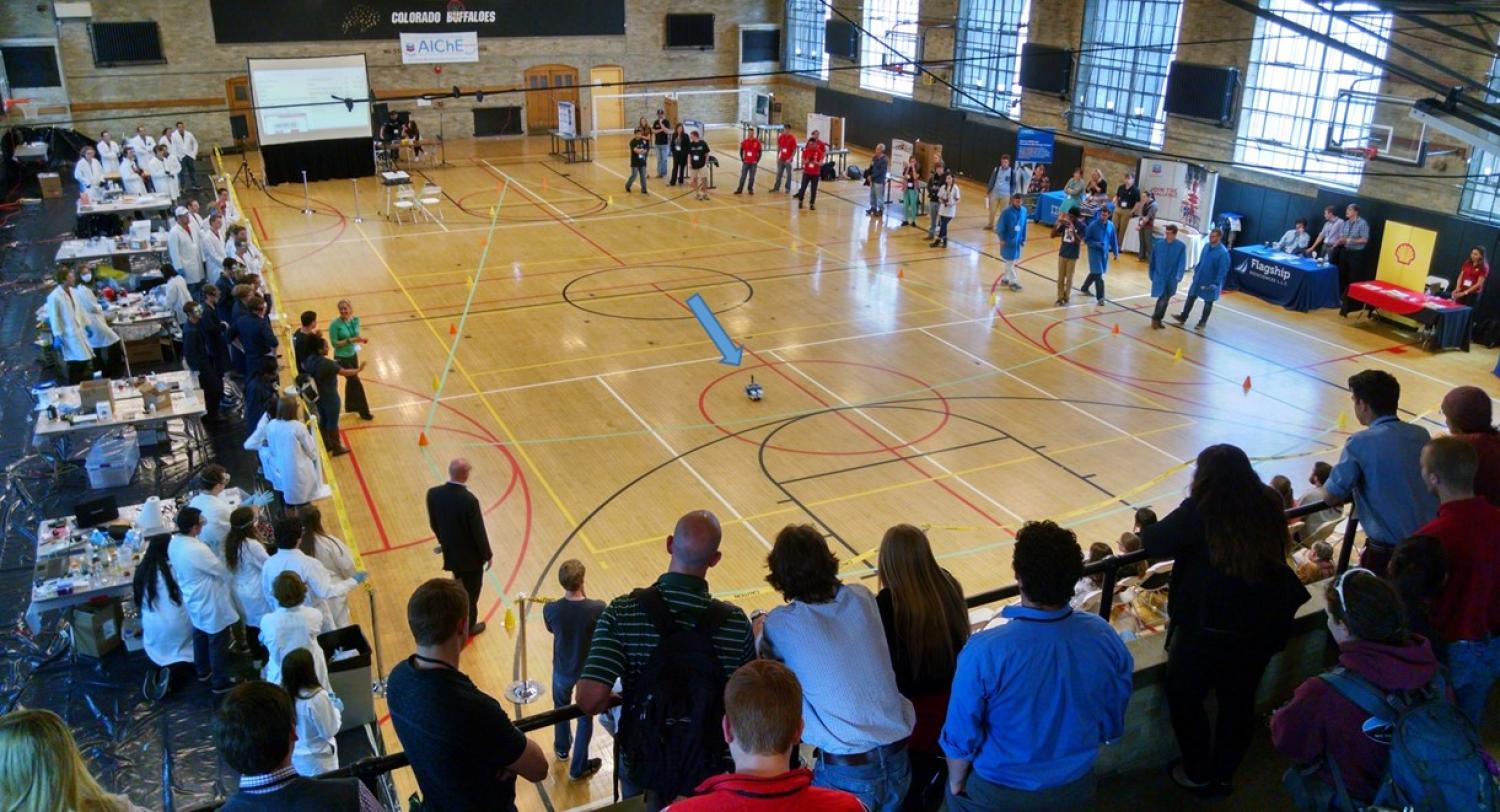
CU AIChE Student Chapter Hosts 2015 Regional Conference
As the host of the 2015 AIChE Rocky Mountain Student Regional Conference, the CU AIChE student chapter was thrilled to welcome 250 conference attendees to campus this April.
11 of the 13 Rocky Mountain Region universities braved an unexpected snowstorm to attend the three-day conference. The region includes schools from Arizona, Colorado, New Mexico, North Dakota, South Dakota, Utah, and Wyoming.
Highlighted events included the Chem-E-Car Competition, the Chem-E-Car Poster Competition, a career fair, the Student Paper Competition, Chem-E-Jeopardy, industry-led workshops, a welcome dinner, an awards banquet, and various social activities.
$12M Soft Materials Center: Creating DNA Analogs
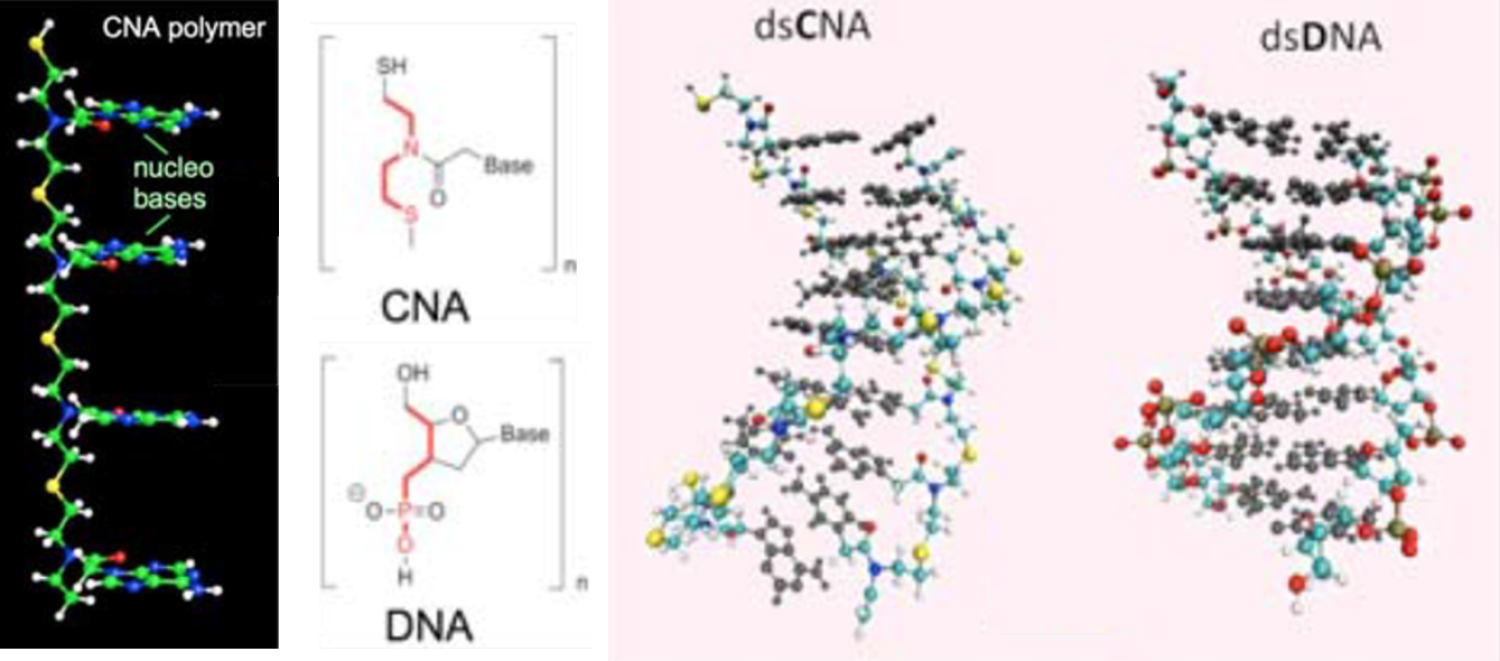
“Now imagine a DNA analog which is custom-built into the desired structure by ‘clicking’ together nucleobases using simple chemical reactions,” continues Bowman. “At a fraction of the cost of DNA, these Click Nucleic Acids (CNAs) can be used in applications ranging from tissue engineering to drug delivery to self-assembling nano-devices.”
CNAs are one of the two research thrusts of CU’s new Soft Materials Research Center (SMRC). The SMRC, an NSF Materials Research Science and Engineering Center (MRSEC), recently received $12M over six years to advance soft materials in two principal areas: liquid crystals (LCs) and CNAs.
Andrew Goodwin: Improving Disease Detection
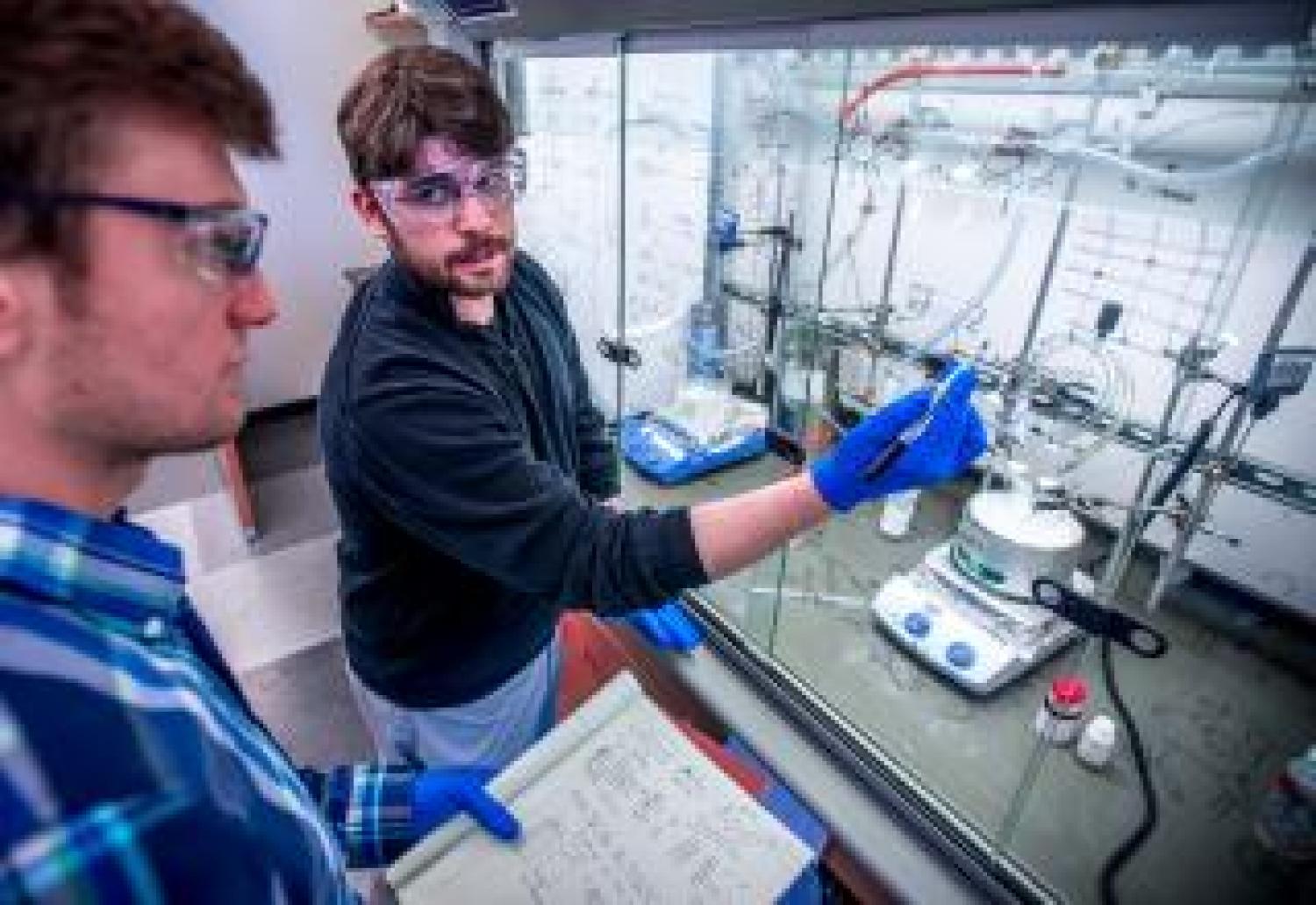
- Goodwin’s research focuses on furthering nanomedicine through a combination of chemical design, colloid and surface engineering, and imaging. His group has created the first NIR-sensitive drug delivery vehicle, new polymer coatings for nanomaterials, and the first ultrasound contrast agents that could change their acoustic properties upon sensing their local biochemical environment.
- Why are the colloids and materials Goodwin creates considered “smart”? Because they can sense their surroundings and react by transmitting information, releasing encapsulated contents, or perform other useful functions. Applications for these technologies include drug delivery, imaging, catalysis, sensing, and renewable materials.
- Goodwin received a $2.2M NIH Director’s New Innovator Award for his ultrasound project. This award, given for bold research ideas of unusually broad impact, was the first New Innovator Award won by a CU Boulder faculty member. He has also received an additional $1M in other grants from NIH involving other imaging contrast agents.
- How does Goodwin use commonly-available ultrasound to detect cancer and heart disease? There are many important biomarkers for inflammation, cancer, heart disease, and other common diseases, but their levels are often measured in bulk systemic fluids such as blood, lymph, urine, or saliva. While biomarker levels may be highly overexpressed at the local diseased site, the bulk measurements are subject to dilution, input from other sources, and variation from patient to patient during measurement, leading to considerable diagnostic uncertainty. To solve these issues, Goodwin is developing unique colloidal structures that detect and quantify elevated biomarker levels at localized sites within deep tissue, with a goal to reach clinical trials by 2020. If successful, his methods will represent a quantum leap forward in the tools available for diagnosing disease.
CU Chem-E-Car Team Sweeps Competitions
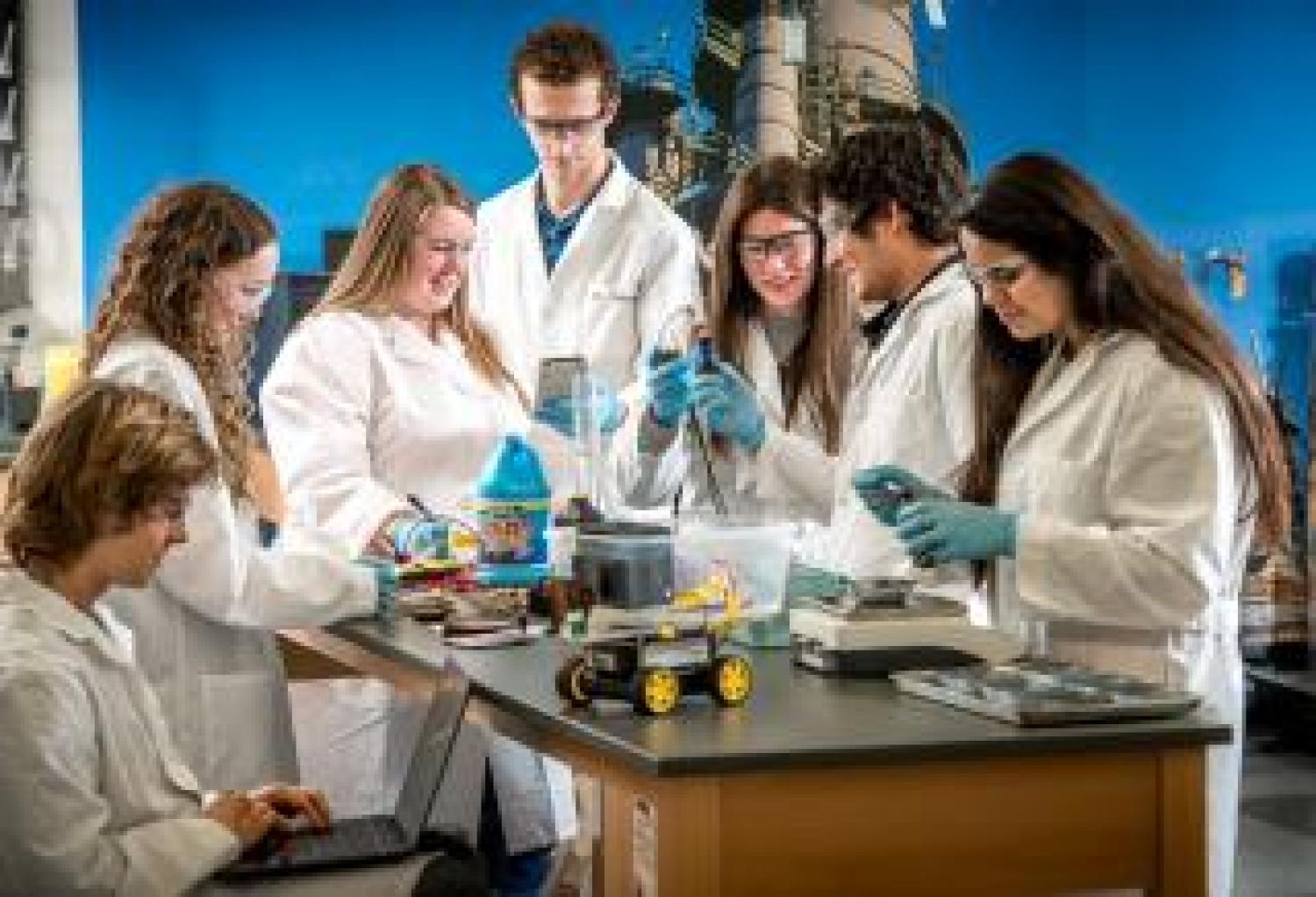
Their car, the Turbo Buffalizer 6000 Remix, utilized an aluminum-oxygen battery to travel 56 ft to the finish line. A separate iodine clock stopped the car just 1.5 inches from the finish line.
The Chem-E-Car Competition involves designing and constructing a car that is powered with a chemical energy source that will carry a specified water load over a given distance and then stop; mechanical or electronic timing devices are not allowed. The host school picks an exact distance somewhere between 15-30 m and a load between 0-500 ml and shares the distance and weight with participants one hour prior to the competition. Teams must then recalibrate their reactants so cars travel that exact distance with the given load.
A team’s understanding of their power source, stopping mechanism and safety features are put to the test in the Poster Competition. Here, judges have an hour to gauge general understanding, creativity, and presentation skills.
Bridging Medicine and Research: MD/PhD Programs
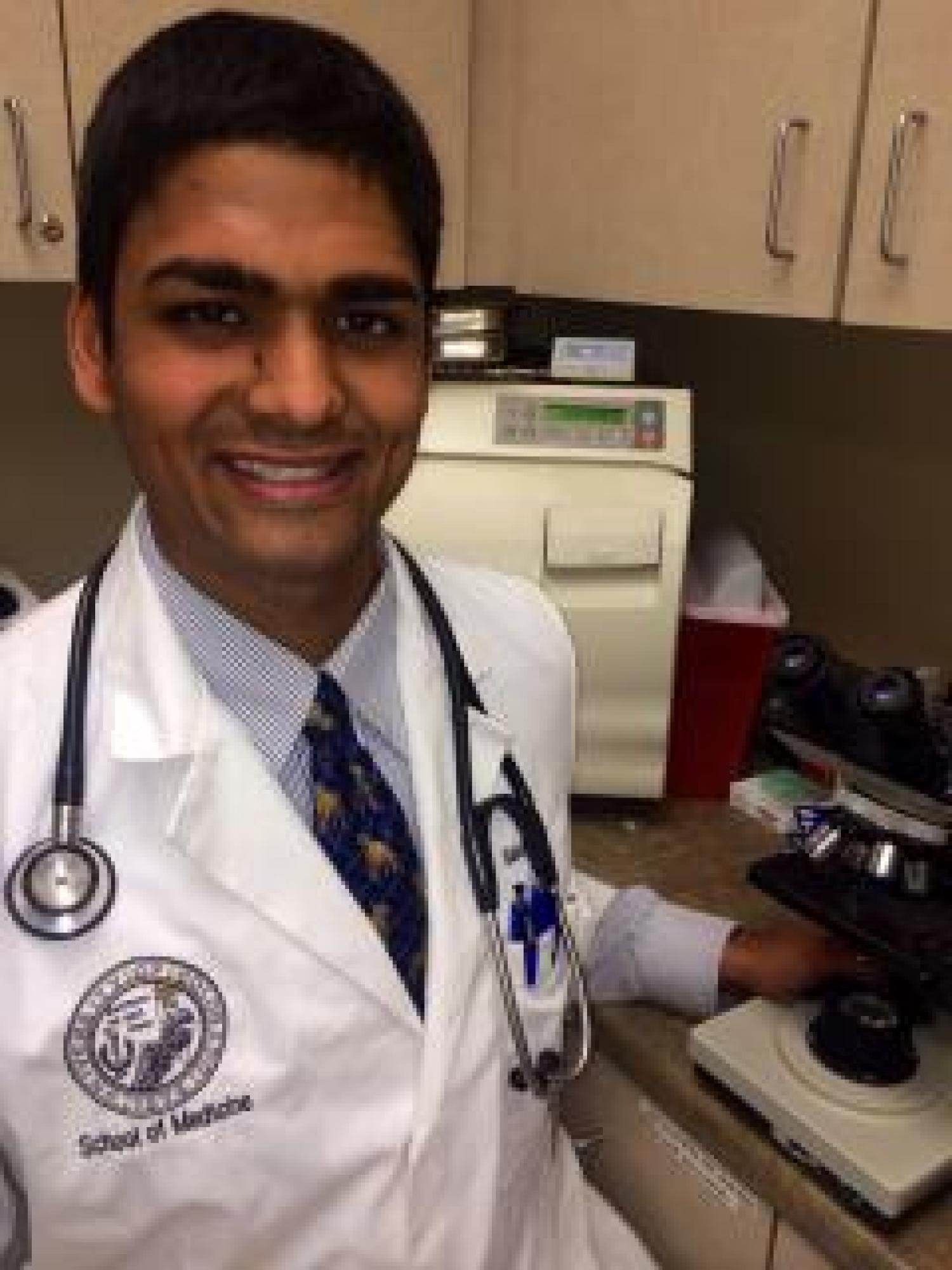
Balaji Sridhar, an MD/PhD student in the University of Colorado School of Medicine’s Medical Scientist Training Program (MSTP), is one of these students.
“The MSTP is a good way to tie both bedside and the bench together,” says Sridhar. “I can see both sides and know how to direct the science to the patient.”
Motivated by his squash-playing father’s knee problems, Sridhar joined 9 MSTP classmates in 2009. He took medical and chemical engineering classes and then completed his Ph.D. research under the guidance of Distinguished Professor Kristi Anseth earlier this year. Once he finishes his clinical work, Sridhar will look for a residency in orthopedic surgery or cranial facial reconstruction.
MD/PhD programs are gaining in popularity, both because of the cutting-edge nature of biomedical research and also because students are fully funded and receive an annual stipend for the duration. Over 100 programs are listed on the Association of American Medical Colleges (AAMC) MD/PhD website.
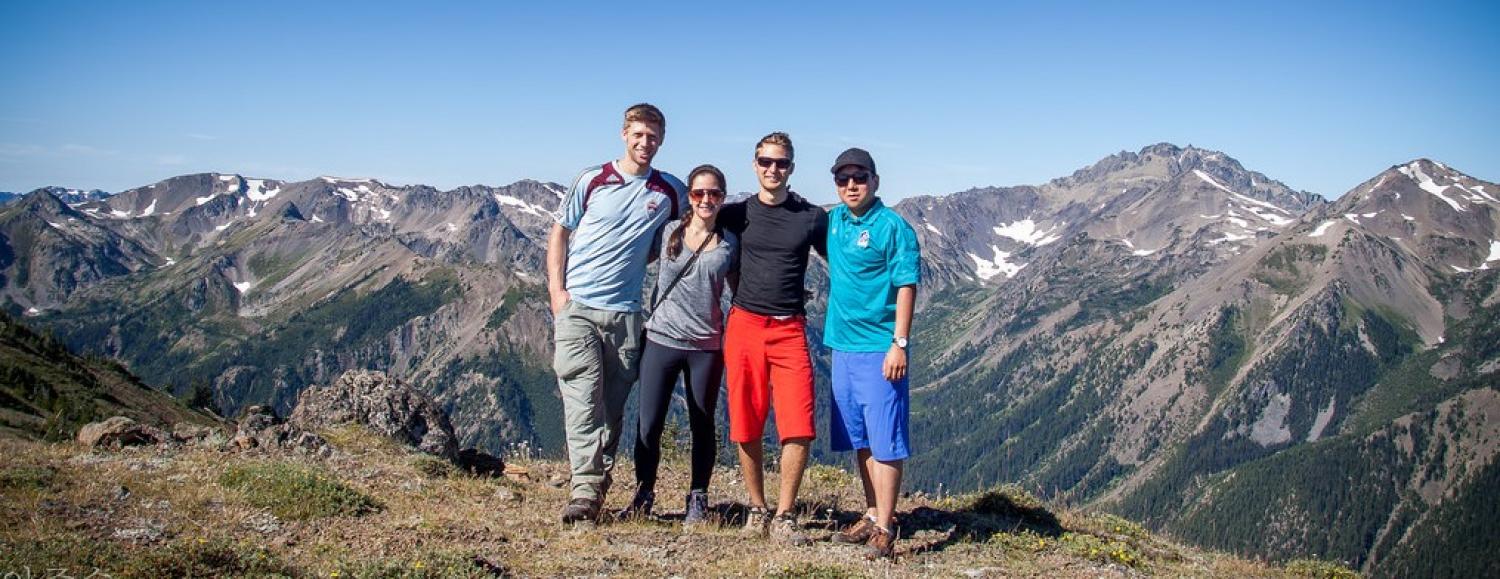
Be adventurous. Alumni Luke Arlow, Katrina Sevcik, Tyler Gleditsch, and Jun Su (Louis) An backpack in Washington State.
Faculty, Staff & Student Awards
Distinguished Professor Kristi Anseth was honored with a Bonfils-Stanton Award for Significant Contributions to Colorado.
Distinguished Professor Chris Bowman received a patent for a new photopolymerizable resin system for dental restorative materials such as fillings, crowns and dental implants.
Professors John Falconer and Will Medlin, Senior Instructor Janet deGrazia, and former Senior Researcher Garret Nicodemus were the recipients of the 2015 AIChE Himmelblau Award.
Professor Dan Schwartz won the 2014 Dean’s Faculty Performance Award for outstanding research.
The 2015 ChBE Employee Recognition Award was presented to Dr. Deb Renshaw for outstanding commitment to the department’s undergraduate students.
Simon Pang received the College’s Outstanding Dissertation Award for his work titled, “Improving Catalytic Selectivity through Control of Adsorption Orientation.” Pang received his PhD in 2014 while working under the guidance of Associate Professor Will Medlin.
PhD students Tobin Brown and Peter Otoupal both won 2015 NSF Awards.
Garrett Chado was a winner of the ACS Polymeric Materials: Science and Engineering Division (PMSE) poster competitionat the spring 2015 national meeting.
The Ryland Graduate Fellowship was awarded to graduate student Glenn Hafenstine to continue his research on catalytic upgrading of cellular products into high value hydrocarbons.
Undergraduate Brittany Earle was named the Outstanding Graduate of the College for excellence in academics, service and research.
Tessa Melli took 1st place at the DLA symposium in the category Deviceful Da Vinci's for her poster titled, "A dual-cure polymeric material with thermally-induced self-healing capabilities."
Vanessa Witte won 1st Place in her research area at the DLA Poster Presentations for her research developing active materials for water splitting.
Letter from Chair Dan Schwartz
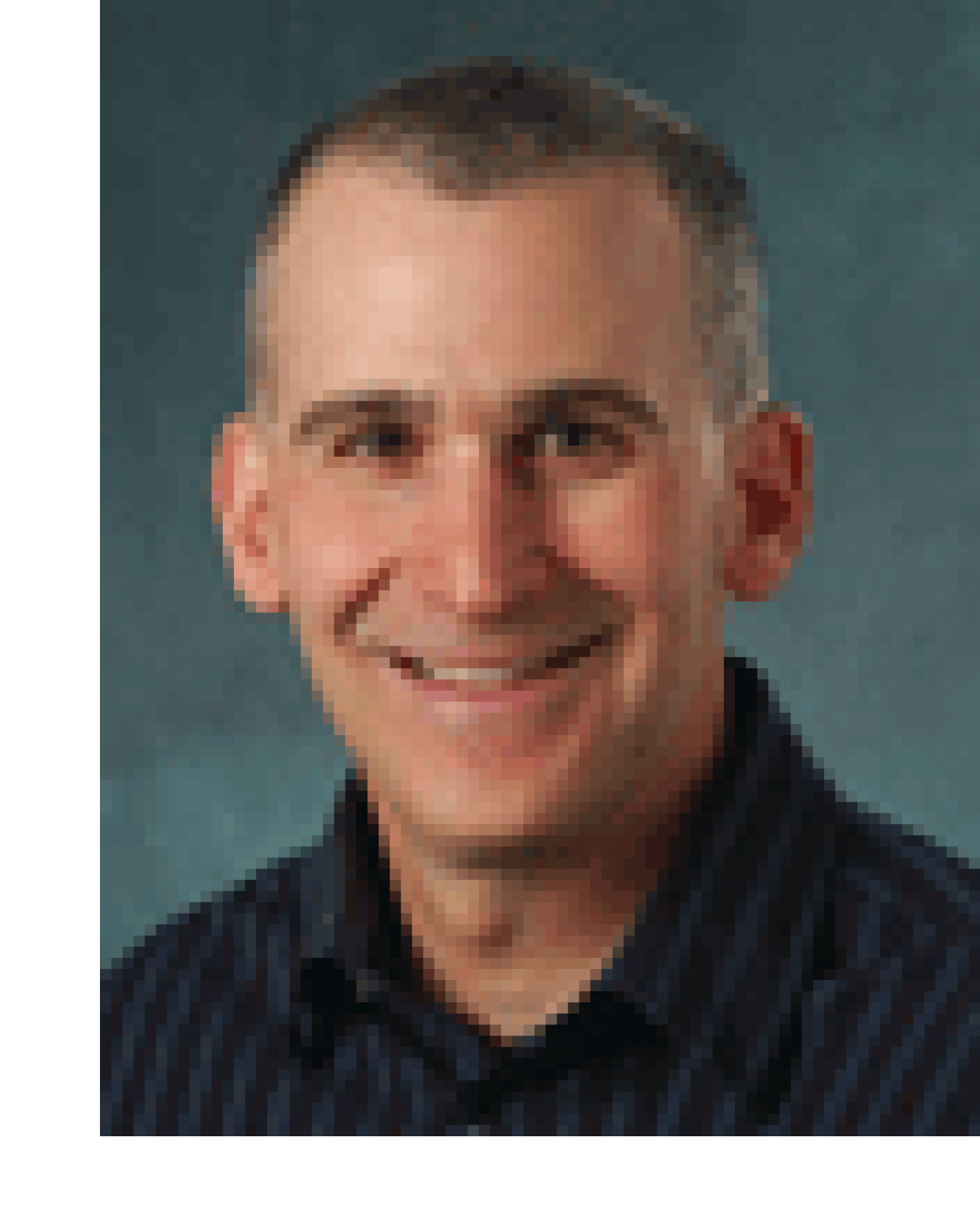
You may be wondering, “Is there enough room for all of these students and professors?” Happily, our space is continuing to expand to accommodate our growth in numbers. The State of Colorado has committed funds for the 5thwing of JSCBB that was originally planned for the north end of the structure. The design of the wing is well underway and slated for completion in 2017. Moreover, some of our faculty and graduate students will have access to laboratory space in the Sustainable Energy and Environment Complex (SEEC) on the East Campus, which is on track for completion later this Fall. SEEC will also house the Environmental Engineering cohort of the College of Engineering, enabling the campus to perform much needed renovations on the old Engineering Center which is 50 years old now. As we continue to grow into the future, we may well come full circle to re-occupy some beautifully renovated space on the south side of the Engineering Center.
Upcoming Events
July 12 CU Engineering Annual Picnic
4pm at North Boulder Park RSVP
In the News
Christine Hrenya to Chair 2016 AIChE Annual Meeting
Chris Bowman: Low-Stress Materials
Weimer Carbothermal Reduction Process Highlighted at Colorado Energy Expo
Cargill acquires OPX Biotechnologies
Alum Kyle Lampe is Seeking to Develop Therapies for Spinal Cord Injuries, Parkinson's
Buffs at the Butte Pic of Alumni Louis An, Karina Sevcik, Julie Surfus, and David Lide
1904 Society
Thank you to our generous 1904 Society Partners!
Production Facility Level ($19,040 and above)
- Thomas Scott and Janet A. Martin Pilot
Plant Level ($1,904)
- David Hamel Anderson
- Timothy Charles and Martha J. Frank
- Leonard H. and Catherine M. Gemmill
- Perry A. Hopkins
- Jack Kent and Aleene Hurlburt Nyquist
- Joe Carl and Amy Kathleen Poshusta
- Theresa Ann Scholz
- Daniel K. Schwartz and Maureen Boyle
- Steven N. and Nancy Semerak
For the full list of partners at all levels or to learn how to become a partner, please visit the 1904 Society website.
Welcome
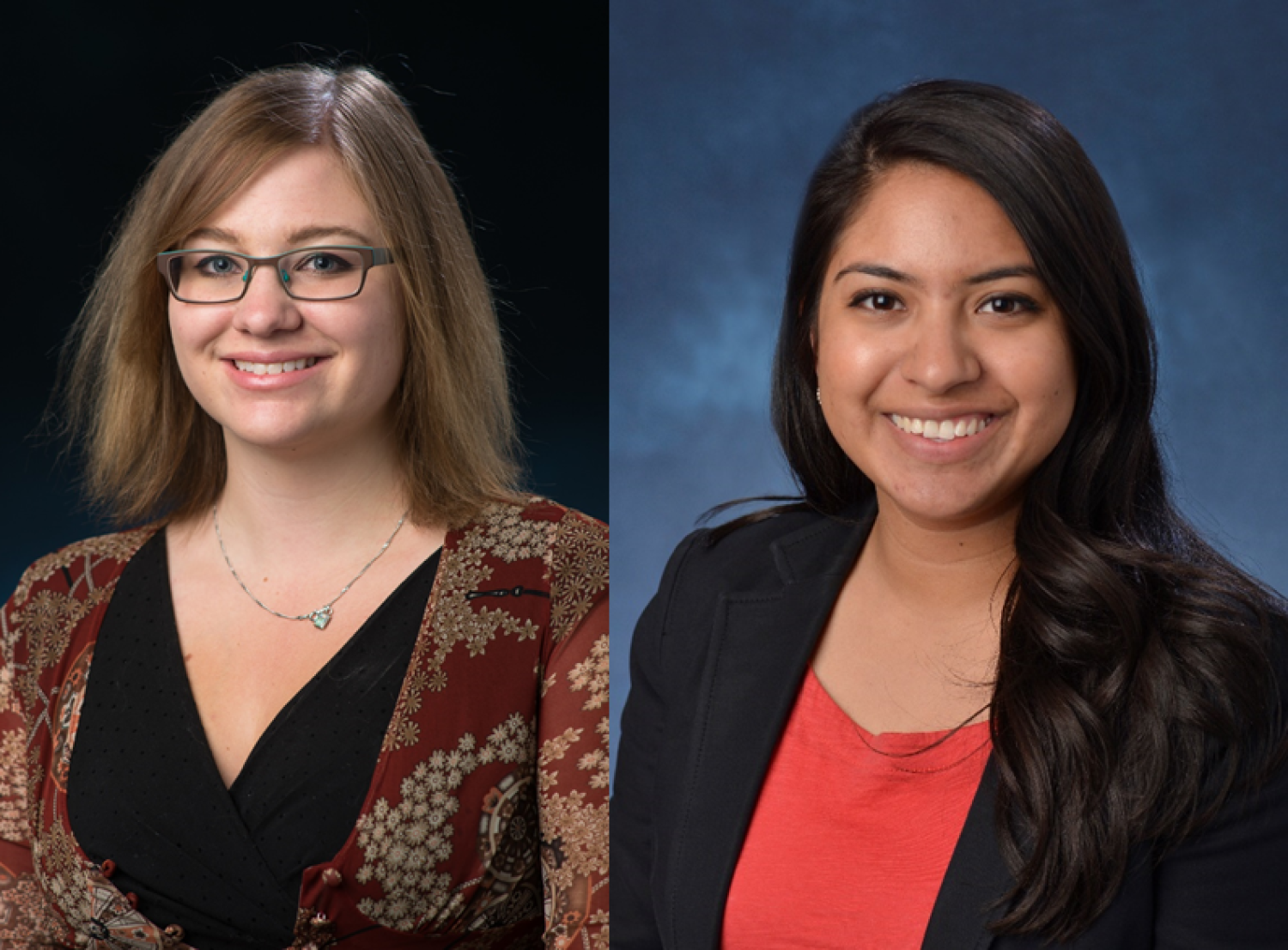
We are excited to welcome Undergraduate Advisor Carrie Ngai and Financial Professional Pamela Alvarez to the department. Ngai will provide academic advising alongside Dr. Deb Renshaw while also working with industry and alumni to develop student opportunities. Alvarez will help with department budgeting, travel and allocation.

